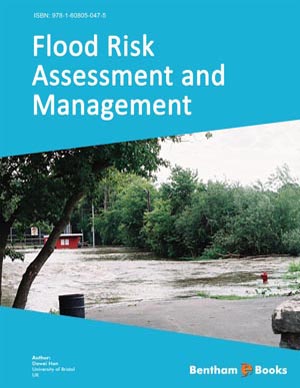Abstract
The Sophie’s Cave in southern Germany, in the middle high elevated (max 550 m a.s.l.) mountains of northern Bavaria, was formed by Pliocene subsurface ground waters of the Upper Franconia Jurassic Plateau (about 440 a.s.l.). In the ponor cave stage of Early Pliocene age, the horizontal system which started to refill partly with about 3-4 m iron-and manganese-rich clays and dolomite ash sands (= coloured series). Within the intermediate cave stage in the Early-Middle Pleistocene, the Ailsbach River valley lowered from 440 to 420 m a.s.l. In the Middle Pleistocene, fluvial sediment intruded only from the valley side into the Sophie’s Cave from above the Clausstein Hall vertical shaft consisting of 8 m thick river terrace clay, sand and gravel (= “yellow series”). A first Middle Pleistocene (?Holsteinian Interglacial) speleothem generation formed on the top. Middle Pleistocene marten Martes sp. used some parts at minimum in the Clauststein Hall as a den and left some tracks on muds being the first known Middle Pleistocene footprints named herein Martichnus desseri nov. ichnogen. and ichnosp. in Europe, which were casted and preserved by the speleothem layer. These Middle Pleistocene cave sediment and speleothems eroded somehow within the late Middle Pleistocene (?Saalian) in the valley sided cave branches by intruding floods.
Keywords: Pliocene to Middle Pleistocene, sedimentology, Ailsbach Valley geomorphology, Martichnus desseri nov. ichnog. and ichnosp., marten den.












